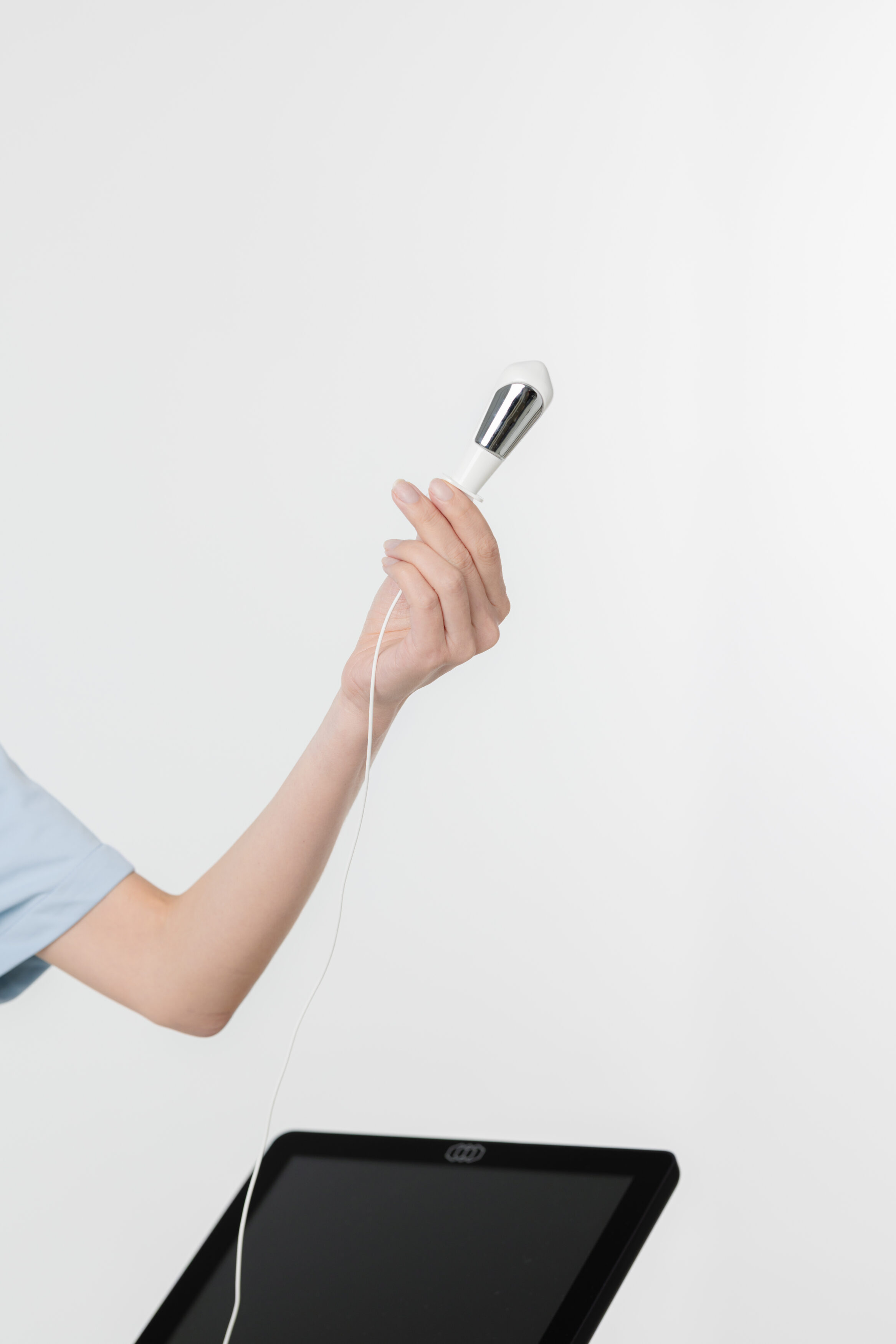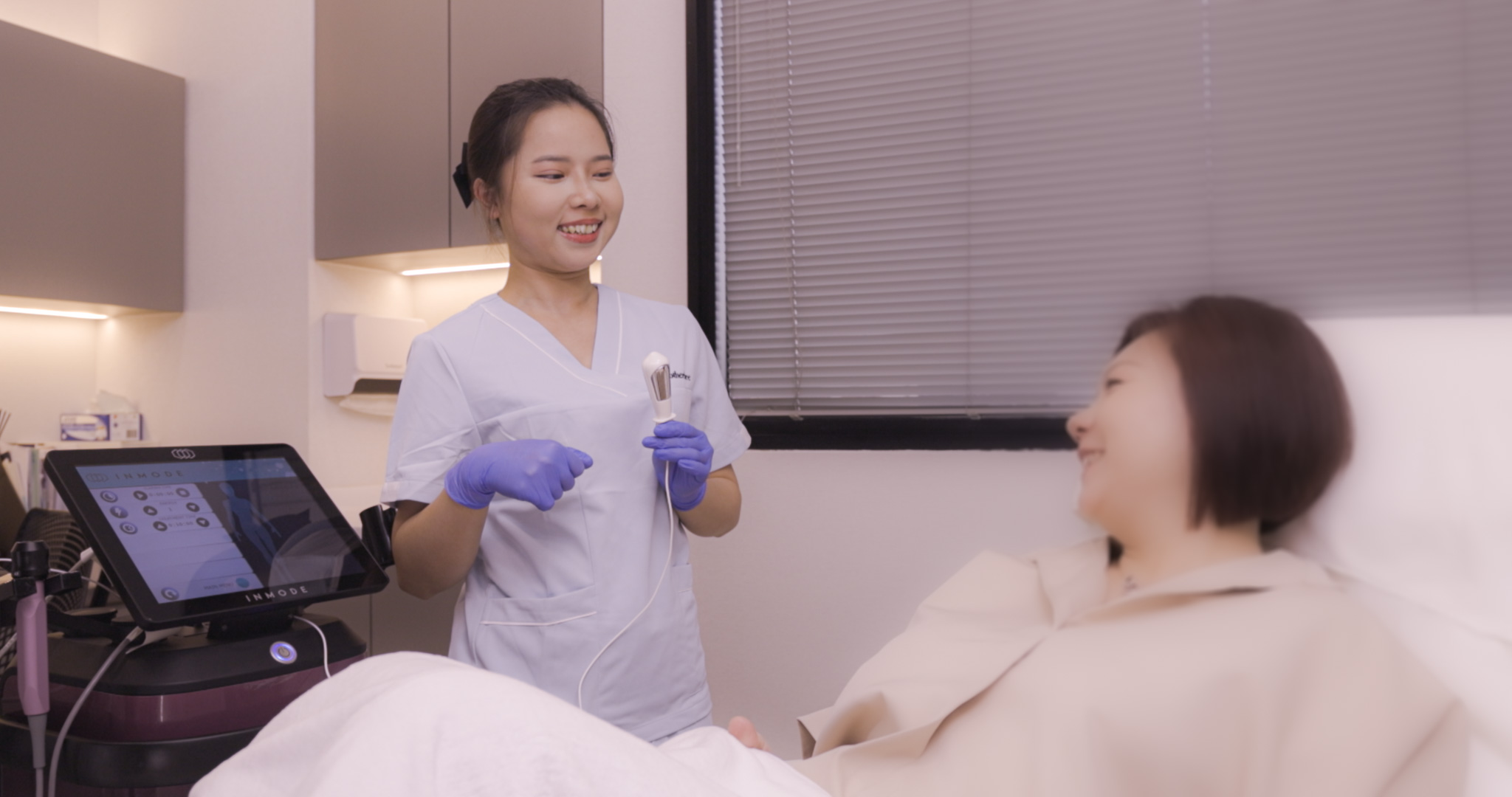Assessment begins with a private consultation and clinical examination.
Our doctor may recommend:
Discussion of Symptoms & Health History
Reviews your concerns and past medical background.

Assessment begins with a private consultation and clinical examination.
Our doctor may recommend:

Unaddressed weakness may worsen bladder control and increase leakage episodes.
Weakened muscles can lead to sagging, laxity, or a sense of vaginal looseness.
Discomfort or strain may affect movement, confidence, or quality of life.
Delayed care may hinder healing and prolong postnatal pelvic floor issues.

Reviews your concerns and past medical background.

Checks muscle tone, strength, and ability to contract.

Assesses recovery after childbirth or hormonal shifts.

Identifies related conditions that may affect care.

Our doctor will suggest appropriate non-surgical therapies based on findings.

You’ll receive advice on recovery, daily activity, and any supportive exercises.
All intra-vaginal neuromuscular stimulation treatments are provided at our affiliated clinics, Motherlove, Motherlove GP, and the gynaecology specialist clinic. Care is delivered in accordance with PHMC guidelines and MOH professional standards, under the supervision of doctors registered with the Singapore Medical Council. Accredited through the SMC APOC framework, our team ensures ethical, evidence-based care provided in a respectful and supportive environment.
Electrical muscle stimulation (EMS) applies low-level electrical impulses to the pelvic floor to facilitate muscle engagement during treatment.
Most individuals report a mild tingling or pulsing sensation. Our doctor will monitor and adjust settings as needed.
Sessions typically take 20–30 minutes and are conducted in the clinic.
Our doctor will advise based on your individual condition. A series of sessions may be recommended over several weeks.
Yes. It may be considered as part of postnatal pelvic rehabilitation after adequate healing.
In many cases, combining this treatment with guided pelvic floor exercises may support outcomes.
It may be used to address pelvic floor changes associated with ageing or hormonal shifts. Your doctor will assess suitability.
Most individuals can resume daily activities immediately following each session.